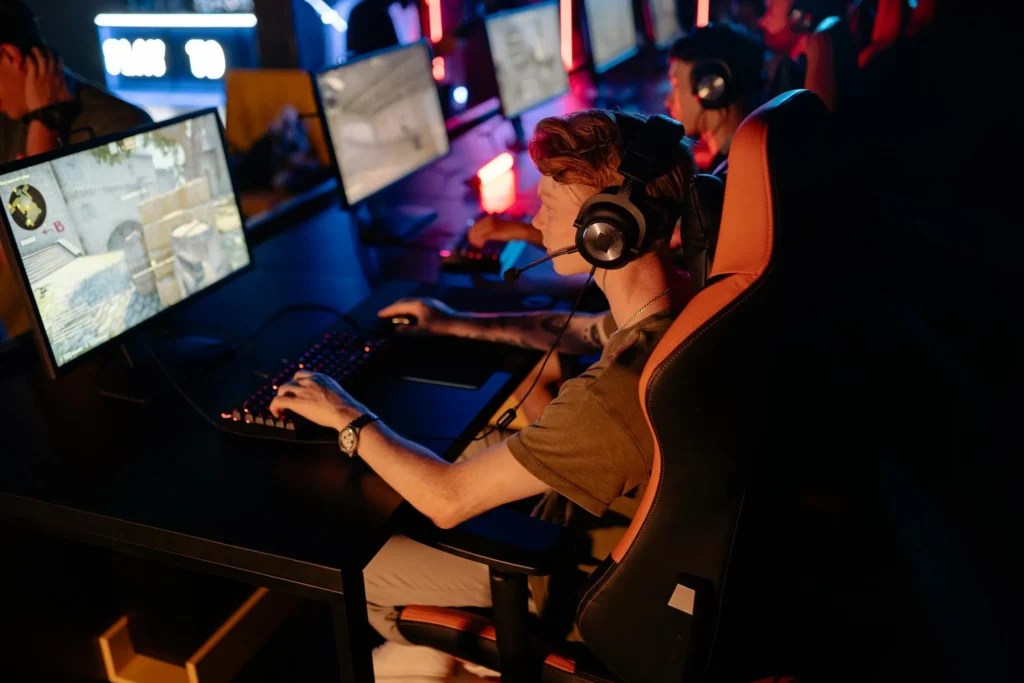A Journey Through the History of Playing Games

Playing cards have become a universal symbol of leisure, strategy, and chance. From fun games with family to big poker nights and televised tournaments, the cards, complete with familiar illustrations have influenced games of chance and skill for millennia.
But how did these 52 special cards get to play such an important role in people’s lives?
The story of playing cards is more than interesting – it’s engrossing. It takes us on a journey through ancient kingdoms, evolving graphic styles, and games that reflect unique cultural identities to what we today accept as the standard deck of hearts, spades, clubs, and diamonds.
Where It All Began
Playing cards’ true beginnings are unclear. Most experts say they showed up first in China in the 9th century. Named “leaf games,” in China, the proto-cards used were made of wood or ivory. As the popularity of oriental card games moved west, so did the cards, changing as they went.
When card games got to Persia and India, they started to resemble the decks we know now. The Mamluk deck, from the Islamic world, is a close relative. It had suits and face cards, but didn’t have the number layout we have today. By the 14th century, card games reached Europe, and that’s where cards, as we know them, underwent some big changes.
The European Evolution of Card Games
Europe warmly embraced card games, but these cards weren’t the low-cost, disposable throwaway packs we see today. Early decks were hand painted, so they were by and large reserved for the use of the landed gentry or the aristocracy. Italian and Spanish sets often had cups, swords, coins, batons. French versions brought us spades, hearts, clubs, diamonds.

The 15th century saw playing cards become more popular and accessible due to the invention and widespread use of woodblock printing. This made playing cards easy and affordable to everyone. Games like tarocchi in Italy (a card game using tarot-like cards where players aim to win tricks by strategically using both numbered and trump cards) and the popular ‘ombre’ of Spain became commonplace.
When Playing Cards Met Gambling
Cards met their match in gambling. By the 17th century, Europe embraced betting on card games with gusto. Blackjack, baccarat, and poker soon became favorites.
Gambling houses and casinos began popping up in cities and towns everywhere, cementing the connection between playing cards and placing bets. Today, not much has changed, card games remain a staple of gambling culture, with casinos offering opportunities to play blackjack for real money and a variety of other card based games that continue to enthrall punters.
What’s equally fascinating is how the designs on the cards have evolved and adapted to fit their environments and the demands of various games of skill and chance. For example, today’s intricate back designs emerged to prevent cheating by hiding scuffs or marks on the cards.
Playing Cards go Global

The global spread of playing cards happened in tandem with colonization and trade routes. European colonial powers introduced playing cards to regions as distant as the Americas and Asia. Each culture adapted the cards to its unique customs and traditions.
Cards in Modern Times
| Aspect | Description |
|---|
| Evolution of Playing Cards | Playing cards have come a long way. While they’re still used for traditional card games, they’re now also used in magic tricks, as collectibles, and even as art pieces. |
| Online Card Games | Thanks to technology, card games have moved online. Players can now enjoy games like poker and blackjack for real money from the comfort of their own homes. |
| Digital vs. Physical Cards | Digital card decks are now as popular as physical ones. They offer smooth gameplay and can be played anytime, anywhere. |
| Collector’s Cards | Special edition cards, limited-run decks, and game-specific cards have made collecting cards even more exciting, adding new layers to the hobby. |
| Modern Appeal | Though their original purpose remains unchanged, playing cards have found a place in nearly every modern gaming niche, making them more versatile than ever. |
Why Do People Love Playing Cards?
- Easy to Access: A deck is for all, easy to carry, and cheap. This makes cards a fun thing for almost everyone.
- Many uses: From games to educational uses, cards have many uses.
- People Together: Cards always bring people closer, in fun or big-money play.
- Endless Variations: No two games are identical. Each shuffle, hand, or strategy offers a fresh experience, keeping the magic of playing cards alive.
- Age Appropriate: There are card games available for almost every age group.
What’s Next for Playing Cards?
Even as traditions persist, new innovations constantly reinvent how we engage with playing cards. Who knows what the future holds for this timeless pastime? One thing is certain—playing cards will continue to adapt and thrive, no matter how far technology advances.
Playing cards have taken us on a global adventure through history, culture, and human ingenuity. Whether you shuffle a digital deck or lay physical cards out on your table, you’re engaging in a centuries-old tradition that connects us through a common fun language.
